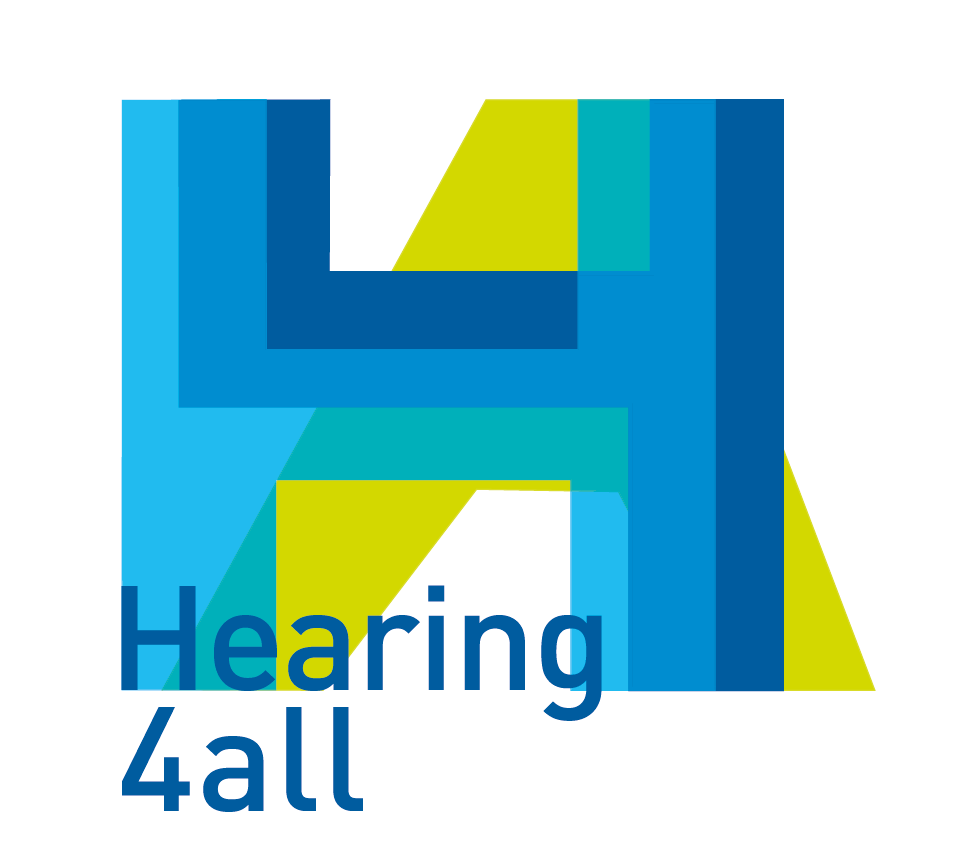Speech intelligibility in noise in a virtual restaurant: the difficulties faced by those with hearing loss
To provide a more realistic speech-in-noise test, binaural room impulses responses (BRIRs) were recorded in a restaurant with interferers at varying table positions and the target sat directly opposite. IEEE sentences from a male speaker were used as the target material. Four male and four female continuous speech recordings were used to make interferers. These recordings were used to create 4 types of interferer; unmodulated speech-shaped noise, modulated speech-shaped noise, speech and reversed speech. The number of interferers was also varied, 1 male, 1 female, 2 (mix), 4 (mix) and 8 (mix) interferers were convolved with the BRIRs from different tables positions. The overall level was adjusted to compensate for increased energy from extra interferers. This approach provides acoustic features relevant to every day listening, such as reverberation and directivity of interferer, and provides detail on performance in varying speech-to-noise ratios in a realistic environment. Deviations from complete realism such as the inclusion of reversed speech also allow an analysis of different perceptual mechanisms.
In a similar study, Culling (2016) has shown that young, normal hearing listeners have Speech Reception Thresholds (SRTs) that progressively deteriorate with increasing numbers of interferers for modulated speech-shaped noise, speech and reversed speech. However, this effect was not seen with an increasing number of unmodulated speech-shaped noises. Typically the speech and reversed speech resulted in the lowest SRTs which may reflect the benefit of modulation and harmonicity. Evidence favouring informational masking was demonstrated but in a limited condition; masking using two reversed-speech interferers resulted in lower SRTs than for the similar number of speech interferers.
This study recruited older participants with sensori-neural hearing loss and age matched controls with normal hearing thresholds. The results suggest that in realistic reverberant environments, interferer number has a degrading influence on performance in the hearing impaired group, much like that seen in those with normal hearing thresholds. It appears they can take advantage of the modulations and harmonicity in the interferer. The role of audibility is also investigated.
Acknowledgements
Supported by the BSA research grant and Action on Hearing Loss flexi grant.
References
Culling, J.F. (2016). Speech intelligibility in virtual restaurants. Journal of the Acoustical Society of America, 140, 2418-2426.
Warning: Use of undefined constant s - assumed 's' (this will throw an Error in a future version of PHP) in /home/spinnluxnr/www/2017/pages/programme.php on line 208


